Estimated reading time: 9 minutes
Cats sleeping face down is a common behavior, and there are a few reasons for this. They might find it a comfortable position due to their flexibility, or they could be blocking out light and keeping their noses warm. This posture can also be instinctive, allowing them to keep their ears open to their surroundings. While typically a harmless behavior, it’s essential to differentiate between a cat merely sleeping face down and head-pressing, which could be a sign of health issues. Always observe your cat’s behavior and consult a veterinarian if you notice any unusual signs.
Cat Sleep Behavior
Cats are fascinating creatures, especially when it comes to how they rest. Cat sleep is unique because these animals often switch between different sleeping positions. As a cat owner, you might have seen your cat in a variety of positions, from curled up in a ball to stretched out in the sun.
But one position you may find intriguing is when your cat lies face down. When cats sleep with their face touching the ground, many wonder what prompts this sleeping behavior.
Deep sleep is essential for cats, just like it is for humans. During deep sleep or REM sleep, cats dream and recharge their bodies. While many cats prefer to sleep curled up, it is normal for some cats to sleep face down during their nap.
Have you ever stopped to think about why they sleep in this position? Let’s dive into some reasons. But before we do, it’s good to note that cats can sleep in a variety of positions, and what might seem like the least comfortable sleeping positions to us can be perfectly cozy for them. After all, cats are highly adaptable animals.
Cat Sleeping Face Down
Every cat owner knows that felines have their quirks. One of the intriguing sights you might come across is when you find your cat sleeping with its face pressed against the pillow or floor. It’s a sleeping pose that raises eyebrows. Why would a cat want to sleep like that?
This sleeping position isn’t just a random act. There are some genuine reasons behind it. First, think about the anatomy of a cat. Cats have a unique skeletal structure that allows them flexibility in ways we can’t imagine. This means your cat finds certain positions, even the ones that don’t look so comfortable to us, quite cozy.
For instance, lying face down might provide a dark and quiet environment, especially if the cat is sleeping in a bright room. This position can block out light, making it easier for them to fall into a deep sleep. Similarly, it might be a way for cats to keep their nose warm, especially if the room is a bit chilly.
Moreover, cats have evolved to be both predators and prey. Sleeping face down can be a vulnerable position, but it also allows cats to have their ears open and alert, ready to detect any sounds while they rest. This can be a sign that your cat feels safe in its environment but still wants to be aware of its surroundings.
Reasons Why Cats Sleep with Their Face Down
There’s a lot more to a cat’s sleeping position than meets the eye. When you see your cat sleeping face down, a mixture of instinct, comfort, and environmental factors might be at play. Let’s delve into some reasons:
Comfortable Position
Every cat owner knows cats have an uncanny ability to find the coziest spot in the house. The face-down pose can be a comfortable sleeping option for them. Remember, cats have a flexible anatomy that makes what looks odd to us, a snug spot for them.
Blocking Light and Warmth
Cats, like many humans, prefer a dark place to sleep. When a cat presses its face down, it can block out light, ensuring an uninterrupted sleep phase. Additionally, in cooler environments, a cat sleeping face down can help retain warmth.
Instinct
While cats are often the rulers of our homes, in the wild, they are both predator and prey. The face-down position lets them keep their ears open. It’s an instinctive behavior to stay aware, even in sleep.
Exhaustion
Sometimes cats play hard, and when they’re out of steam, they might just drop and sleep in this position. It’s akin to a human collapsing into bed after a long day.
Safety
For a cat, tucking their face in might also be a protective measure. It shields their vulnerable eyes and face while they sleep, especially if they are in a new or unfamiliar environment.
Now, while many reasons explain why your cat might love to sleep this way, it’s essential to differentiate between normal cat behavior and potential health concerns.
Different Sleeping Positions
Every cat is an individual with its unique preferences, especially when it comes to where and how they like to sleep. As a cat owner, you’ll observe a variety of sleeping poses. Here’s a glimpse into some common cat sleeping positions:
The Cat Loaf
This is a favorite among many cat enthusiasts. In the cat loaf position, the cat tucks its paws under its body and sits upright. It looks like a loaf of bread, hence the name. This position keeps their belly off the ground and can be a sign your cat feels secure in its surroundings.
Curled Up in a Ball
This is a common sleeping position for cats, especially in cooler weather. By curling up, they conserve body heat. If a cat is cold, this pose keeps them warm.
On Their Side
Sleeping on their side indicates a very relaxed and content cat. This is often observed in safe and familiar environments.
The Superman Pose
Here, the cat lies on its belly with its legs stretched out in front and behind. It’s as if they’re flying like Superman!
Back Exposed
When cats sleep with their belly up and back exposed, it’s a clear sign they feel extremely safe. This is a vulnerable position, so if you see your cat sleeping this way, it means they trust their environment completely.
Cats might choose their position based on comfort, temperature, or even their mood. So, if you notice your cat switching between these positions, they’re just finding the best way to get a good rest.
Head Pressing in Cats
One thing every cat owner should be aware of is the difference between a cat simply finding a comfortable position to sleep in and a potential health concern known as head pressing. They may seem similar at first glance, but they have distinct differences.
What is Head Pressing?
Head pressing is when a cat compulsively presses its head against a hard surface. This behavior isn’t the occasional face-down nap. Instead, it’s a consistent act where a cat forcefully pushes its head against walls, furniture, or other hard surfaces.
Why is it a Concern?
This isn’t just a quirky cat behavior. Head pressing can indicate problems with the cat’s nervous system or other underlying health issues. It’s different from the usual cat sleeping face down for comfort.
Signs to Look For
Apart from the obvious act of pressing the head, there might be other behaviors accompanying it. These include pacing, changes in vocal sounds, vision problems, or even seizures. If you notice your cat pressing its head against a hard surface and displaying any of these symptoms, it’s time to take action.
What to Do
If you suspect your cat is head pressing, it’s crucial to take your cat to the vet immediately. Early detection and intervention can make a significant difference in addressing the root cause and ensuring your feline friend stays healthy.
In conclusion, while cats have many adorable and sometimes peculiar sleeping habits, it’s vital for cat owners to recognize when these habits might be pointing to something more serious. Being informed and observant can help your cat lead a long, healthy life.
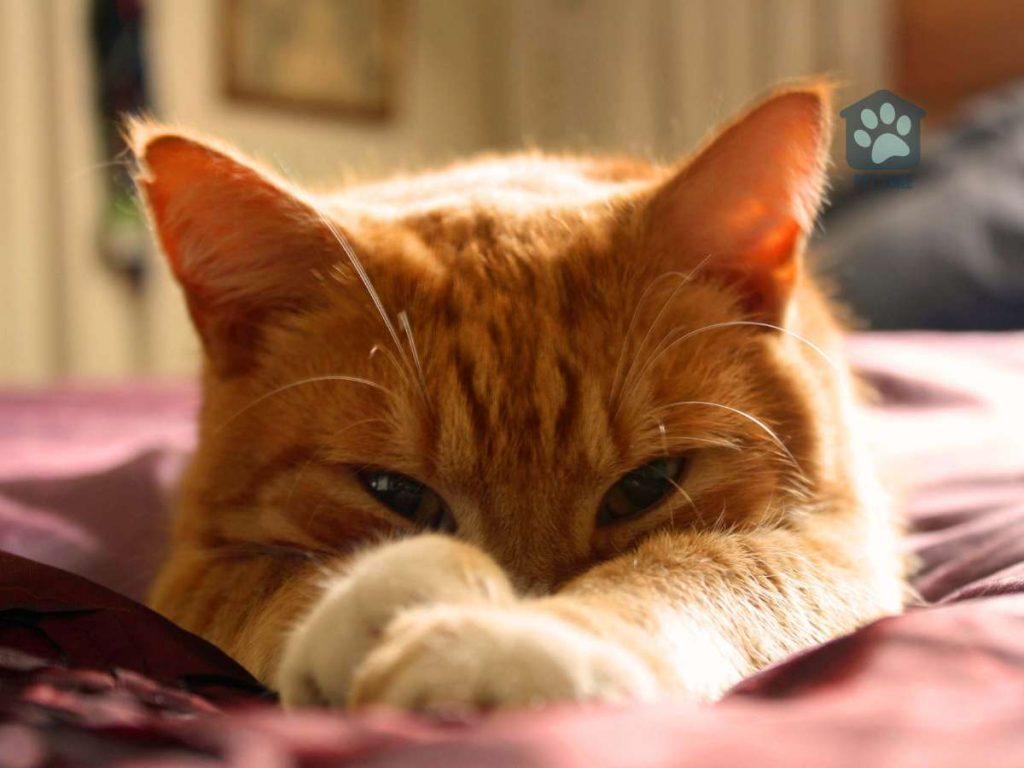
Finding the Best Sleep Spot for Your Cat
Every cat has its favorite spots to rest and recharge. As a cat owner, you might wonder how to make sure your feline friend has the best place to sleep. Here are some tips to consider:
Understand Their Preference
Cats are individuals. Some love to sleep high up on shelves, while others prefer a cozy corner on the floor. Observe where your cat usually chooses to sleep and try to make that space even more comfortable.
Provide a Variety of Options
Cats love choices. Offering a mix of cat beds, hammocks, and blankets will give them a chance to pick their perfect spot depending on their mood or the weather.
Safe and Warm
Safety is paramount. Ensure the sleeping spot is away from high traffic areas in your home. Cats also seek warmth, so a sunny windowsill or a heated cat bed can become their favorite place.
Quiet Corner
Cats value their peace. A quiet corner or a secluded spot can help them fall into a deep sleep without disturbances.
Keep It Clean
Cats are meticulous animals. Ensure their sleeping areas are clean. Regularly wash blankets and cat beds to keep them fresh.
Consider Multiple Cats
If you have more than one cat, make sure there are enough resting spots. While some cats love to cuddle and sleep together, others might prefer their own space.
Remember, a comfortable and safe sleeping environment can enhance the quality of your cat’s rest. And a well-rested cat is a happy cat!
Wrapping Up: The Fascinating World of Cat Sleep
Understanding how and why cats sleep the way they do is a captivating journey. As cat owners, recognizing the difference between a simple, quirky sleep habit and a sign of potential health concerns is essential.
Remember:
- Cats sleep in a variety of positions, each signaling their comfort and trust levels.
- Observing changes in your cat’s sleeping patterns and behaviors can provide insights into their well-being.
- While many sleeping habits are harmless and even endearing, it’s essential to be vigilant and differentiate them from more serious signs, like head pressing.
In the end, cats, with their unique and often amusing sleep habits, never cease to amaze and delight us. By paying close attention to these habits, we not only deepen our bond with our feline friends but also ensure their health and happiness.
Feel free to leave your thoughts in the comments below, and if you found this article enlightening, don’t hesitate to share it with your friends on social media!
As an Amazon Associate I earn from qualifying purchases.
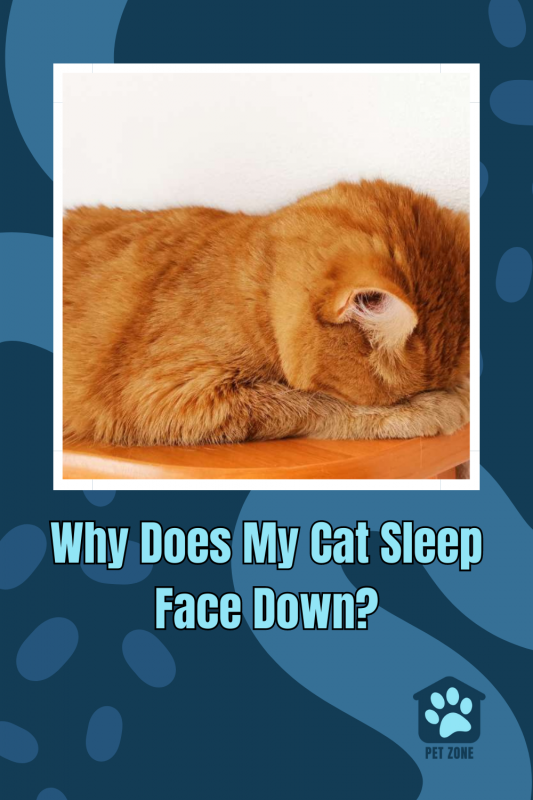
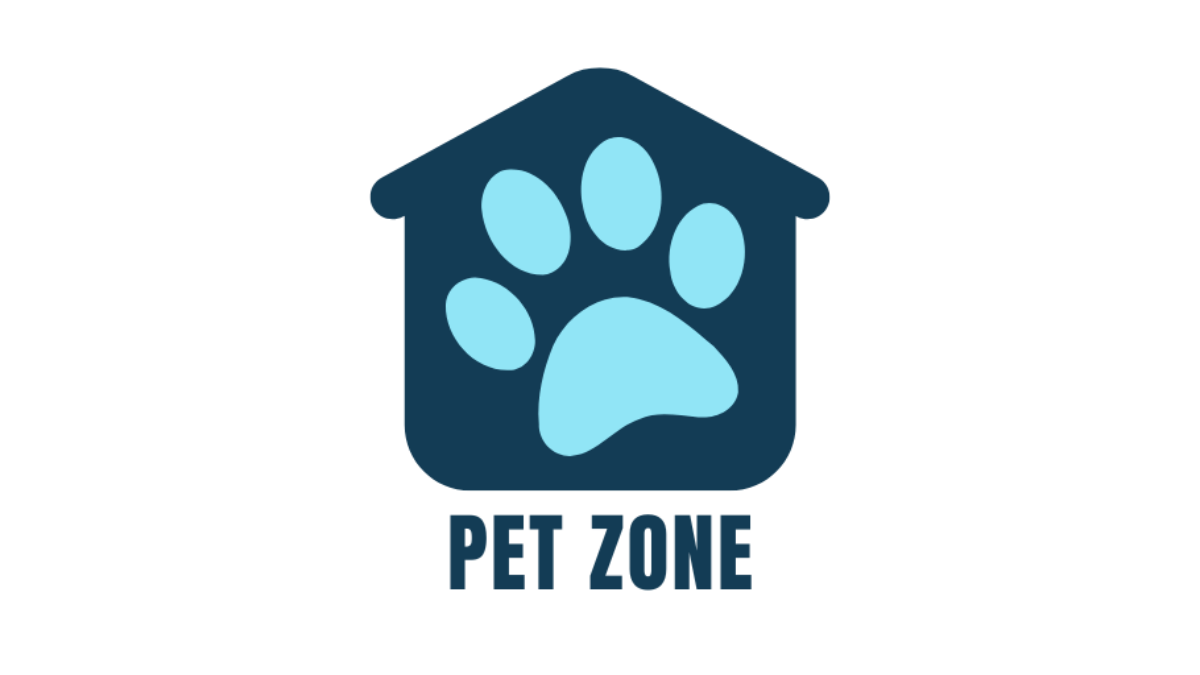

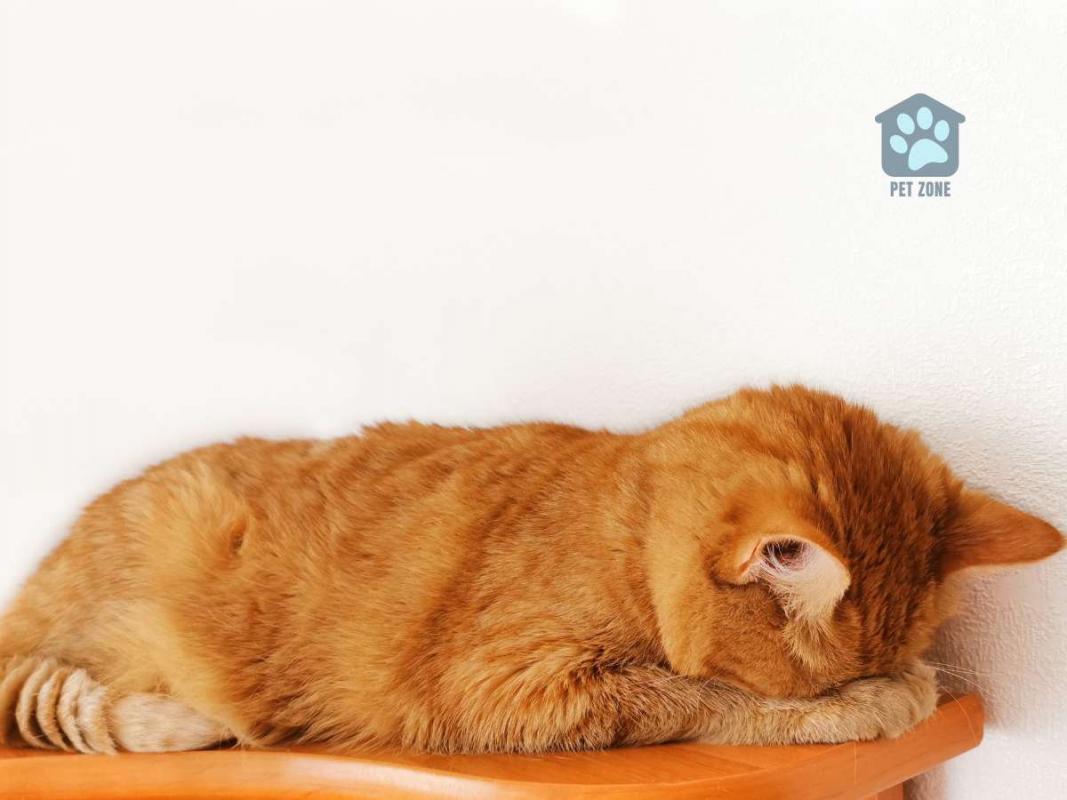
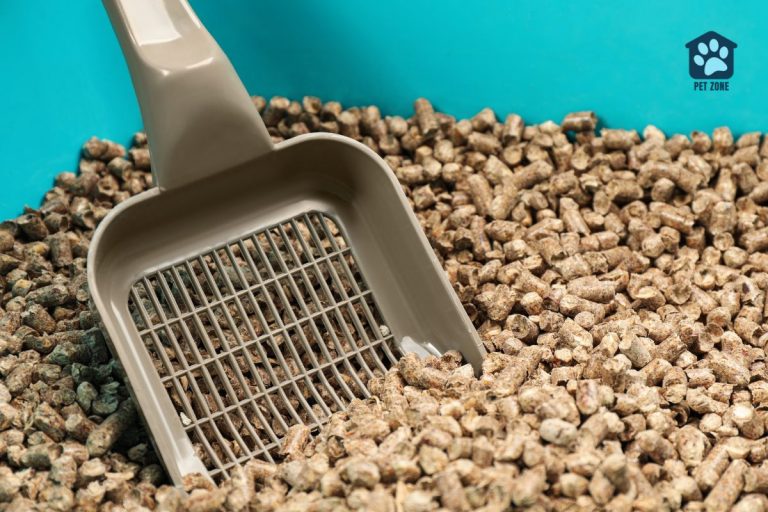
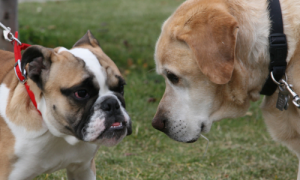
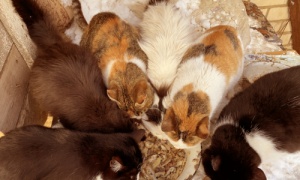
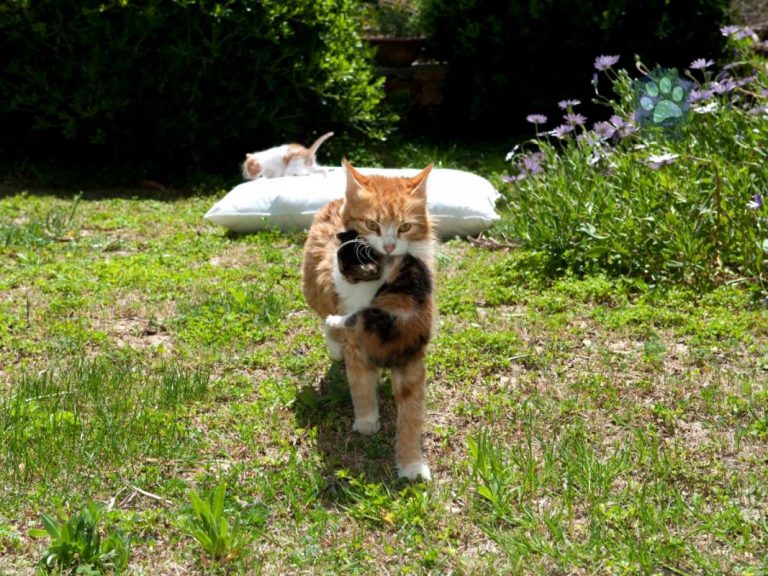
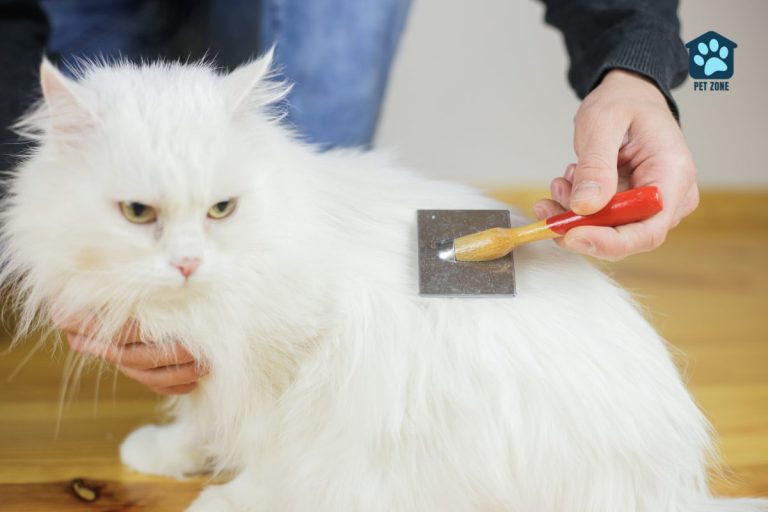
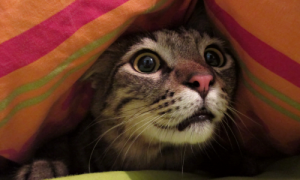
I’ve always wondered about this. Thanks for your thorough explanation! 🙂
So interesting and informative! Never considered different sleeping positions had different meaning!
Love this article! I have one cat who sleeps on his back and paws in the air; another who sleeps with arms stretched out; my oldest cat sleeps with his face down.